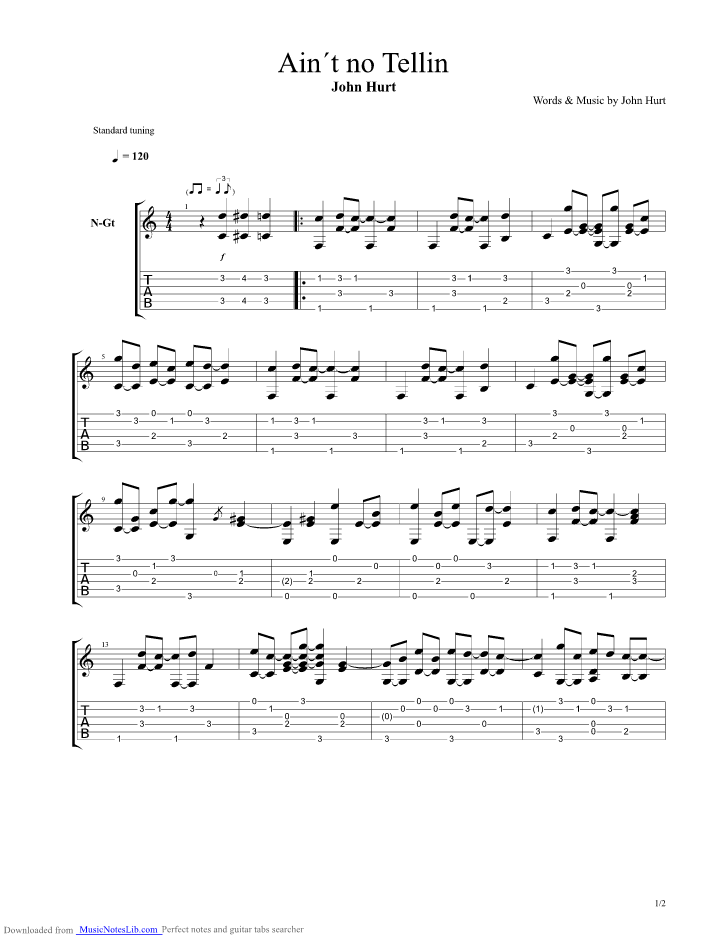
The image below illustrates Drop D tuning on a guitar’s headstock: They must be tuned to D, one octave apart (the 6 th string should be one octave lower than the 4 th string). It is more usual to first play the 4 th open string, then the 6 th, and start detuning while you can hear them both simultaneously. You will hear a dissonant interval when you first hear them together, but as you lower the 6 th string, you will eventually reach a point in which both pitches sound consonant and clear – that’s when you stop. The easiest way to get to Drop D from standard tuning (if you don’t have a tuner on you) is to pluck the 4 th string (D), and then lower your low E string until the pitches match.

The only difference is that it also lowers the 1 st string (high E string) to a D, instead of tuning only the lowest string down. There is a small variant of the Drop D tuning which is called “ Double Drop D”. Let’s start by comparing Drop D to Standard Tuning.Īs you probably already know, the standard tuning, starting from the lowest string, looks like this:ĭrop D, however, has the following set of open strings:

More Examples of Songs in Drop D Tuning.
#Hey man nice shot guitar tab how to#
This guide will teach you how to tune your guitar to Drop D, how to play some of the most important scales and chords, along with all the diagrams and tabs to help you learn these as fast as possible!Į sure to check out our full guide to alternative tunings, as well as our guides to open D, open C and drop b tuning. 011 string gauge works really well with Drop D tuning, for example. In order to maintain string tension, you can try this tuning with a heavier string gauge than you normally would use. It is also a great option to accommodate a song to a singer who has a lower voice register. You also get the ability to write music in the key of D, which is one whole tone below the lowest pitch you can play in standard tuning (E). It is mostly used by players who prefer heavier genres of music, as one finger power chords sound really chunky with distortion. Another reason is that it allows you to play power chords with only a one finger barre shape across the lowest 3 strings.

This means that you don’t need to memorize a lot, and can quickly switch back and forth between standard and Drop D, since the remaining 5 strings are exactly the same pitch as they are in standard tuning. Of all the alternative tunings that exist for guitarists to explore and enjoy, Drop D is one of the first that people try, simply because you only have to change the pitch of your lowest string.


 0 kommentar(er)
0 kommentar(er)
